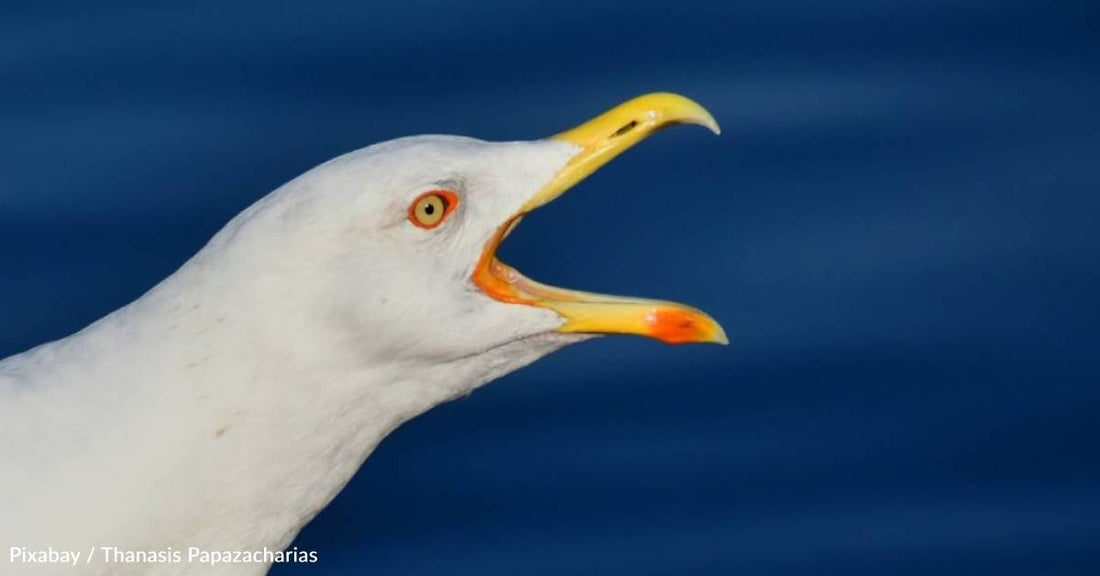GG PDP Content
Seagulls Learn What's Good to Eat By Watching People, Study Finds
Michelle Milliken
Researchers from the University of Sussex recently observed seagulls in Brighton, a beach city in southern England, to determine how the birds chose what to eat. They shared their findings in the journal Biology Letters.
The study authors wrote, “Urban gulls pay attention to human behaviour in food-related contexts and, thus, we set out to investigate whether such cues can influence a gull's attention to and choice of potential food items in their environment.”
To test this, the researchers used color in a stimulus enhancement experiment. Stimulus enhancement is when animals learn what people are interested in and then apply that knowledge. In this study, the humans in question were eating chips from either a blue or a green packet, while blue and green packets were placed near the gulls.
The team found that the birds would keep an eye on humans as they ate and would then typically eat out of the same-colored bag. In fact, 95% of the seagulls’ pecks were made toward the bag of the same color.
Because this suggests that the birds learned from people on what was good to eat, the team says this shows intelligence.
Paul Graham, study co-author and professor of neuroethology at the University of Sussex, explains, “While we know that animals learn from each other, we rarely see animals learning from a totally different species when it comes to food preferences. This interaction with humans is relatively modern, and what we can see is that gulls have adapted to thrive in urban environments by mimicking human food choices.
“Gulls didn’t evolve to like chips. Over time they have had to learn to engage with humans in order to source food. It is therefore a sign of intelligence.”
However, he adds that their food preferences may mirror that of humans a bit less if we cut back on the litter. Leaving scraps around gives them the chance to explore human food.



